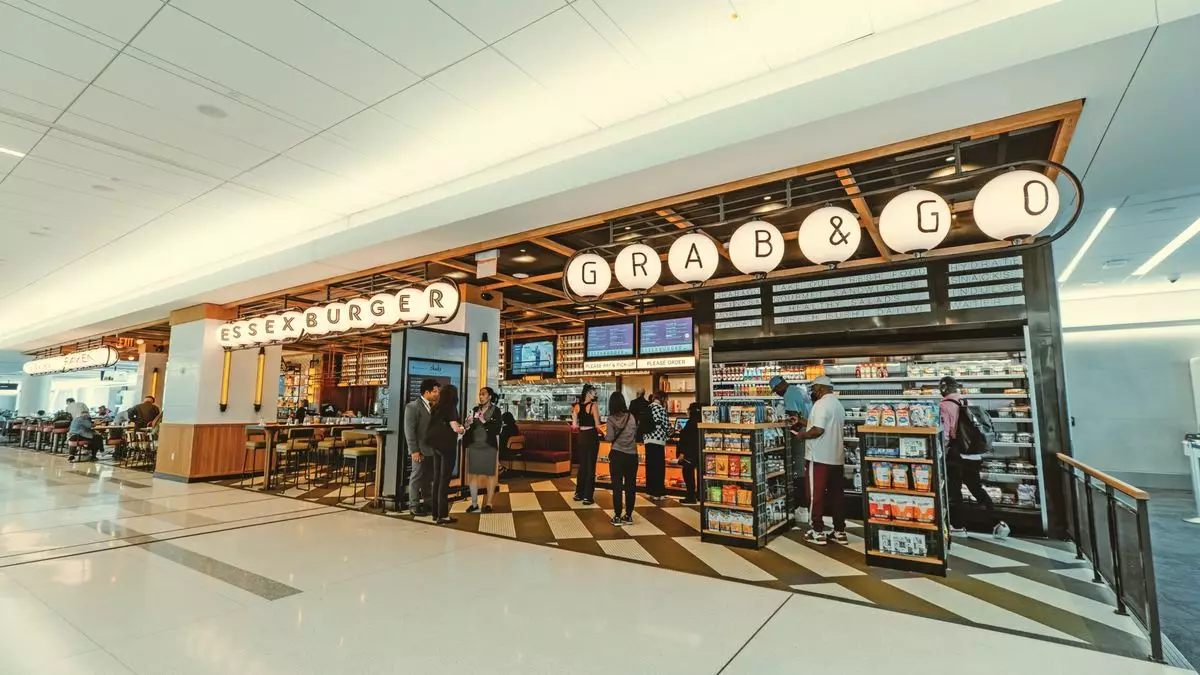Running a restaurant in an airport comes with its unique set of challenges. Customers arriving at airports are often stressed, rushed, and looking for a quick meal in between flights. They are unsure about parking, dealing with security checks, and finding their gates. As a restaurant operator, it is crucial to understand the mindset of these customers and provide them with a seamless, calming dining experience within a limited time frame.
One of the major challenges faced by airport restaurant operators is the ordering process. With the use of fresh ingredients and the need to anticipate passenger loads accurately, meticulous planning is required. Airport restaurants need to order in advance, considering various factors such as projected passenger counts, flight delays, and even weather conditions. There is a need to maintain a delicate balance between having enough stock to cater to customers and avoiding excessive wastage.
Delivering food to airport restaurants involves navigating through stringent security procedures. Every order is subject to TSA inspection, and special permits are required to transport food to airport loading docks. Additionally, the transportation of goods within the airport premises is complex, often involving multiple security checks. Airport operators have strict regulations regarding the movement of products, including the use of knives. Restaurants need to adhere to detailed knife plans, conduct regular audits, and comply with random inspections by airport security and the TSA.
Logistical Hurdles in Receiving Products
Receiving product deliveries at airports is a cumbersome task that requires careful planning and coordination. The process is significantly more challenging than receiving deliveries on the street due to TSA checks, transportation logistics, and security regulations. Companies delivering to airports must navigate through a network of tunnels, elevators, and loading docks, adding complexity to the supply chain. Lack of necessary permits, insurance requirements, and the need for streamlined processes further complicate the receiving of products at airport restaurants.
Operating a restaurant in an airport requires strict adherence to operational guidelines and oversight by airport authorities. Restaurant operators need to maintain detailed records, conduct regular audits, and comply with security protocols to ensure the safety of customers and staff. Any deviations from the prescribed norms can lead to penalties, fines, or even closure of the establishment. The presence of multiple stakeholders, including airport operators, TSA, and local authorities, adds another layer of complexity to the compliance aspect of running airport restaurants.
The operation of restaurants in airports presents a multitude of challenges that go beyond the traditional restaurant business. From catering to the needs of stressed customers to navigating through stringent security checks and logistical hurdles, airport restaurant operators need to be prepared for the unique demands of the environment. By understanding these challenges and implementing effective strategies to overcome them, restaurant operators can create a successful dining experience for travelers in airports.


Leave a Reply